The Witcher 3: 14 Things That Are Way Harder On Death March
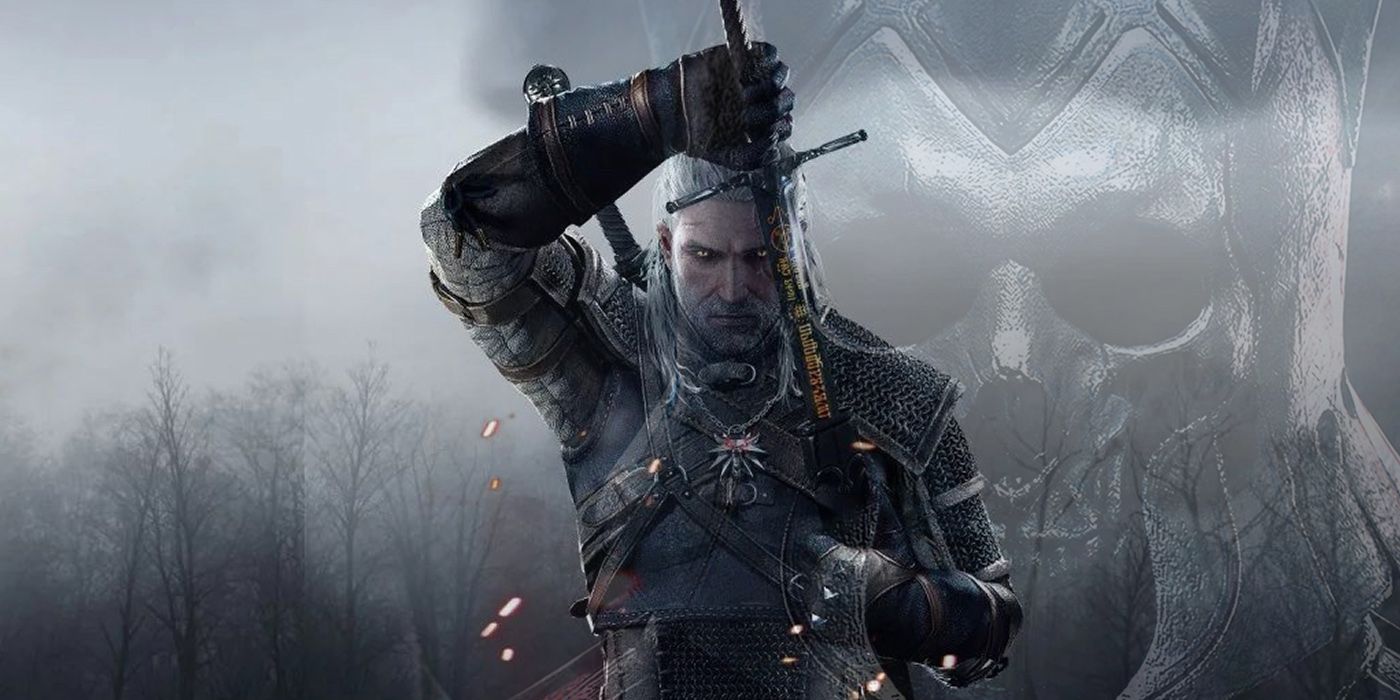
It’s not easy being a Witcher. People are afraid of them, they were made into mutated "freaks" at a young age, and they risk their lives fighting monsters for a living. Now, try and imagine that difficulty multiplied by three or four.
That’s the Death March difficulty mode in The Witcher 3, where enemies hit much harder, there aren’t nearly as many survivability options, and the game is more ruthless all around. But, not a lot of people know specifically what it is about Death March that makes the game so much harder, time to fix that.
Updated April 18th, 2021 by Jacob Buchalter: The Witcher franchise is still popular, to no one's surprise. People really enjoy the concept of a traveling mutated mercenary who has a thing for killing monsters and romancing women. And, they’ll have more of it soon too, considering the second season of the Netflix live-action adaptation just recently finished filming. But, the focus here is on the monster-slaying aspect, and how difficult it can be in-game, especially on the Death March extra difficulty option. Let’s take another look at the mode and see what exactly makes it so insanely difficult that most people don't even attempt it without mods.
14 Those First Ten Levels
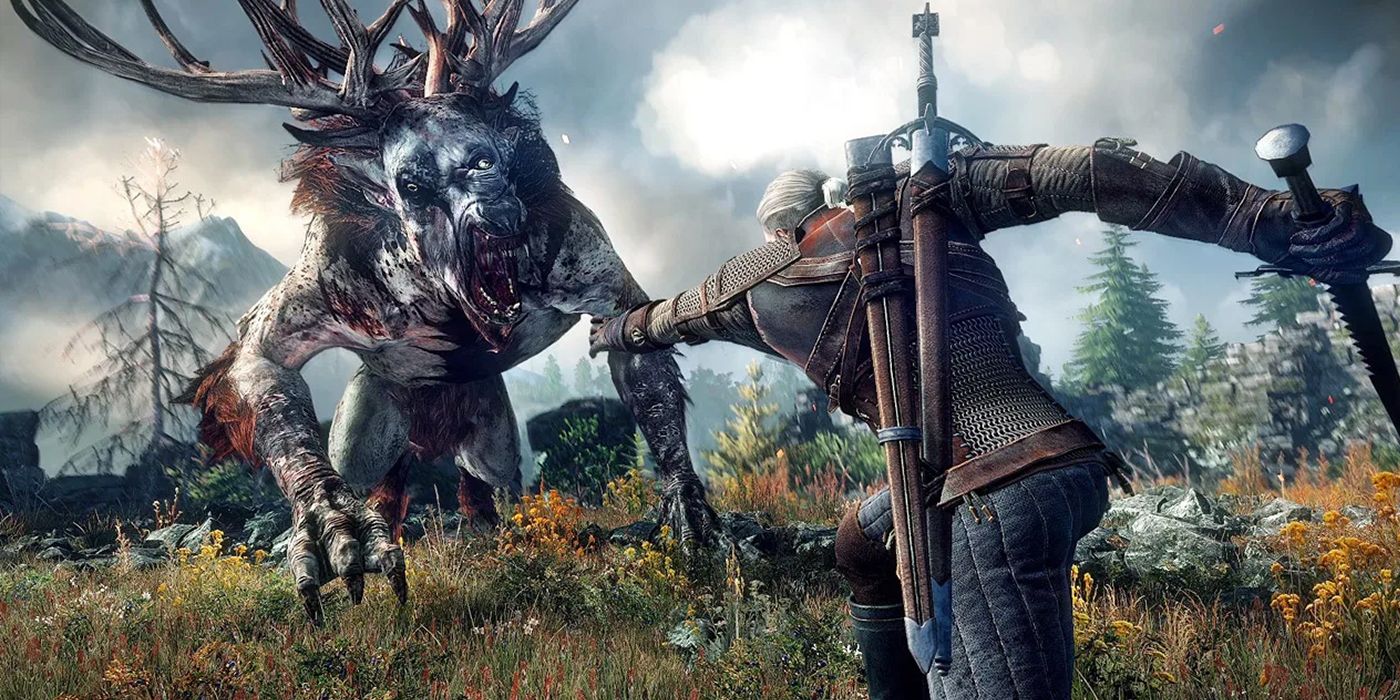
Frankly, the first ten levels of Death March (basically all of White Orchard, the boring starting area) is why many people recommend doing Death March on New Game+. While Geralt is trying to find Yennefer in this tutorial area, he won’t have any good armor, weapons, or tools at his disposal. Enemies can one-shot him simply because the guy hasn’t been able to upgrade Quen yet. But, by around level 10, Geralt should have enough formula, weapon skills, and upgrades under his belt to make it through the rest of the game.
13 Remembering To Save Often
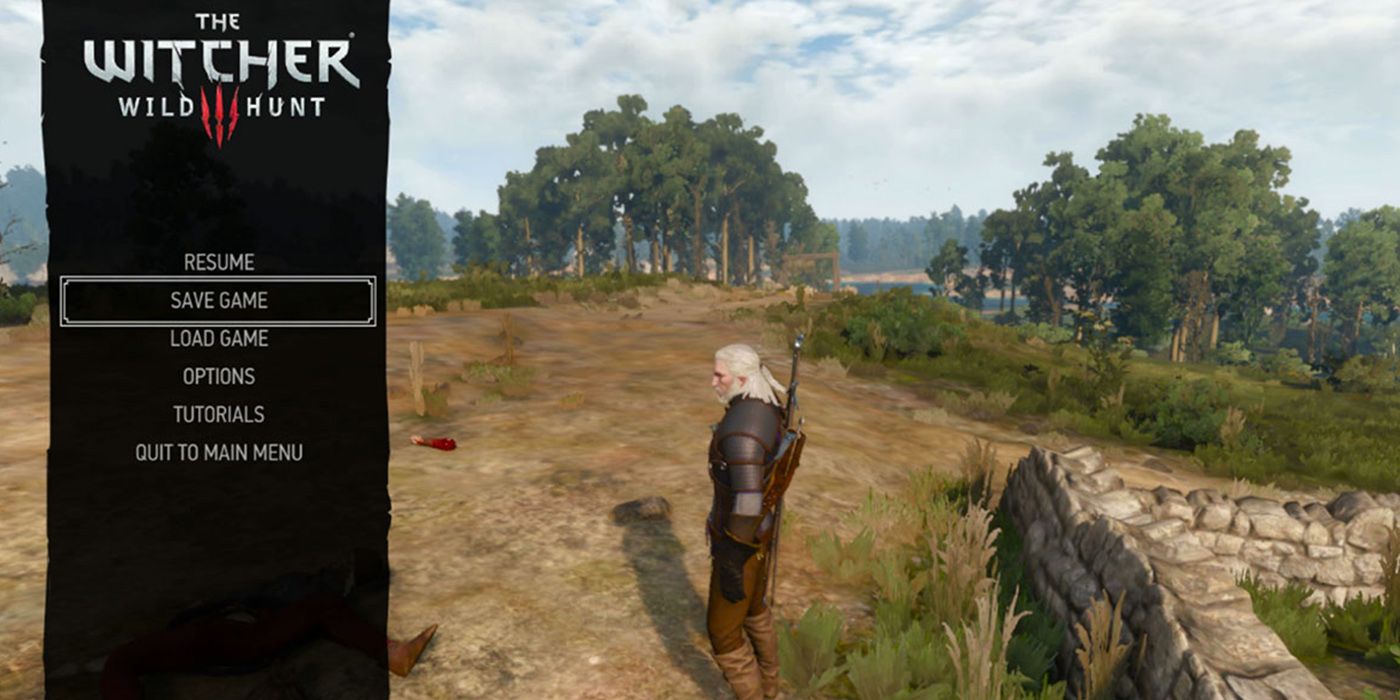
Yes, The Witcher 3 has auto-saving, it even has autosave options where players can choose how long they want it to wait before autosaving again. The default is every ten minutes, but many people set it to around three or so and find that to work better for them. In Death March, it’s a bit of a polarizing topic. Some people swear that players should set it to wait longer between autosaves, for a bigger safety net so Geralt isn’t “locked-in” to a bad situation, while others say the shorter save time is even more helpful in Death March. No matter which side someone falls on, the takeaway here is to save manually just as often as the game saves automatically. Save before every big encounter and at the entrance of every new building, it’ll really help in the long run.
12 The Roaming Packs of Wolves
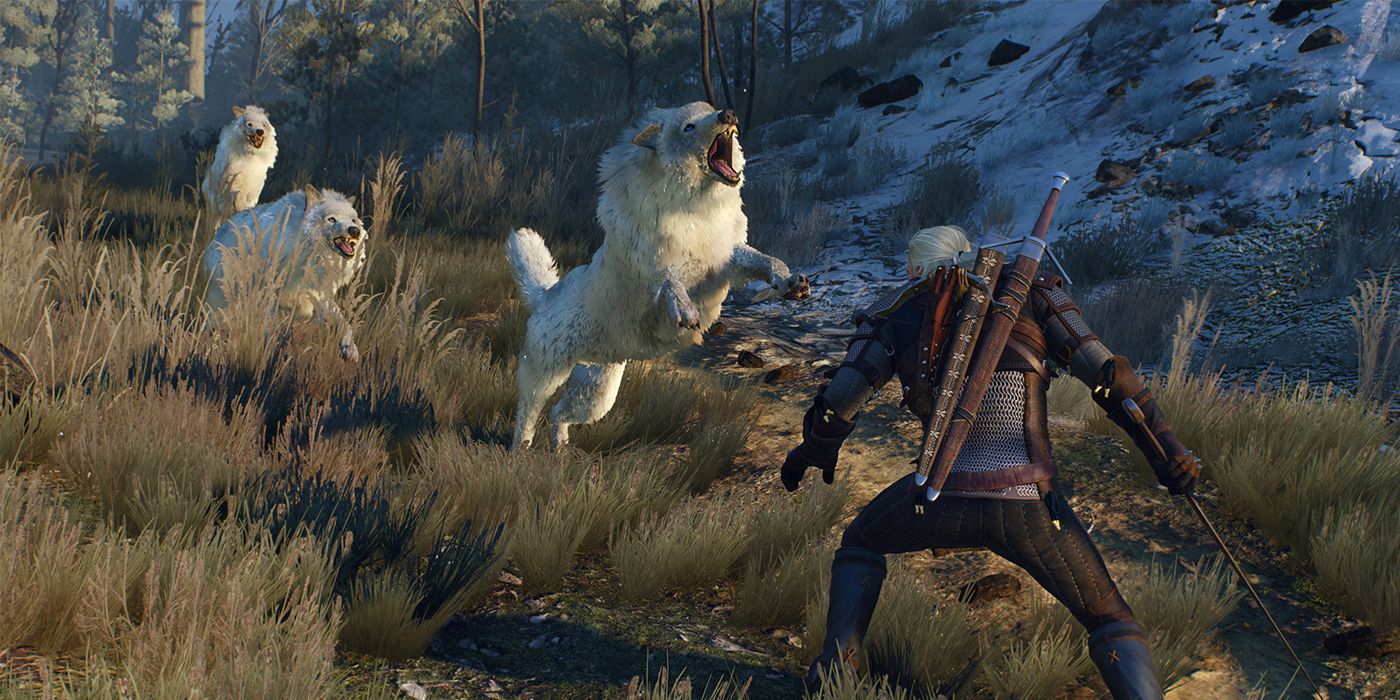
In a standard run of TW3, players will usually just get annoyed by the pack of low-level dogs and wolves that they run into from time to time. Quite honestly, they’re best used as a way of practicing the dodge system in the game, as they lunge at Geralt so predictably. So, after a few hours into the game, most players don't take them seriously anymore, almost ignoring them entirely. This can be an easy way to lose a lot of progress in Death March. Why? Because they come out of nowhere, freak Roach out, and can blindside Geralt with shocking amounts of damage. Franky, though TW3 is a lot more immersive when ignoring Fast Travel, for the most part, it's absolutely something players should rely on in Death March.
11 Projectiles In General

Arrow Deflection was already a must-have skill in the base game, but it’s twice as important in Death March. Unlike in other open-world games, enemy arrows are deadly in TW3, especially for those fighting enemies a bit above their level. And, not just arrows, there were plenty of monster Geralt fought that had horribly annoying projectiles as well, such as the Arachnomorph’s webs. Avoiding these things in Death March is much more of a challenge, especially since Arrow Deflection only works on arrows and not webs, summoned plants, or the mud Water Hags toss his way.
10 Stopping Stuff From Breaking & Upgrading It
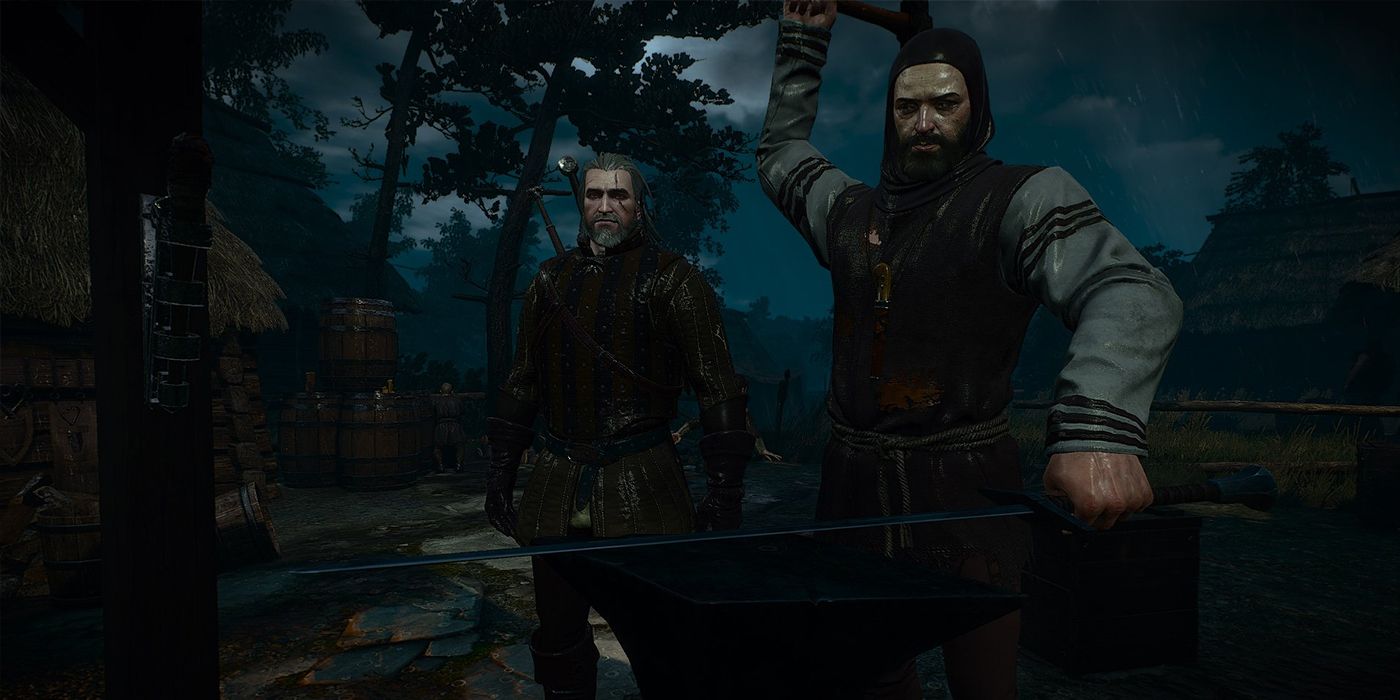
The idea of repairing broken gear in games is something that is often argued about in the gaming community. It was one of the most polarizing mechanics from The Legend of Zelda: Breath of the Wild, and the release version of TW3 was way too harsh with how quickly gear broke. Well, that harshness is back in Death March, and can be a real progress blocker before players save up enough crowns. The cost to repair anything is high and Geralt just can't seem to earn enough money. And, let's not even get started on collecting crafting or upgrade materials either.
The best method for avoiding this, at least early on, is by varying up Geralt’s approach. Use Signs, bombs, potions, the crossbow, and more instead of just swinging those two swords around.
9 Underwater Combat
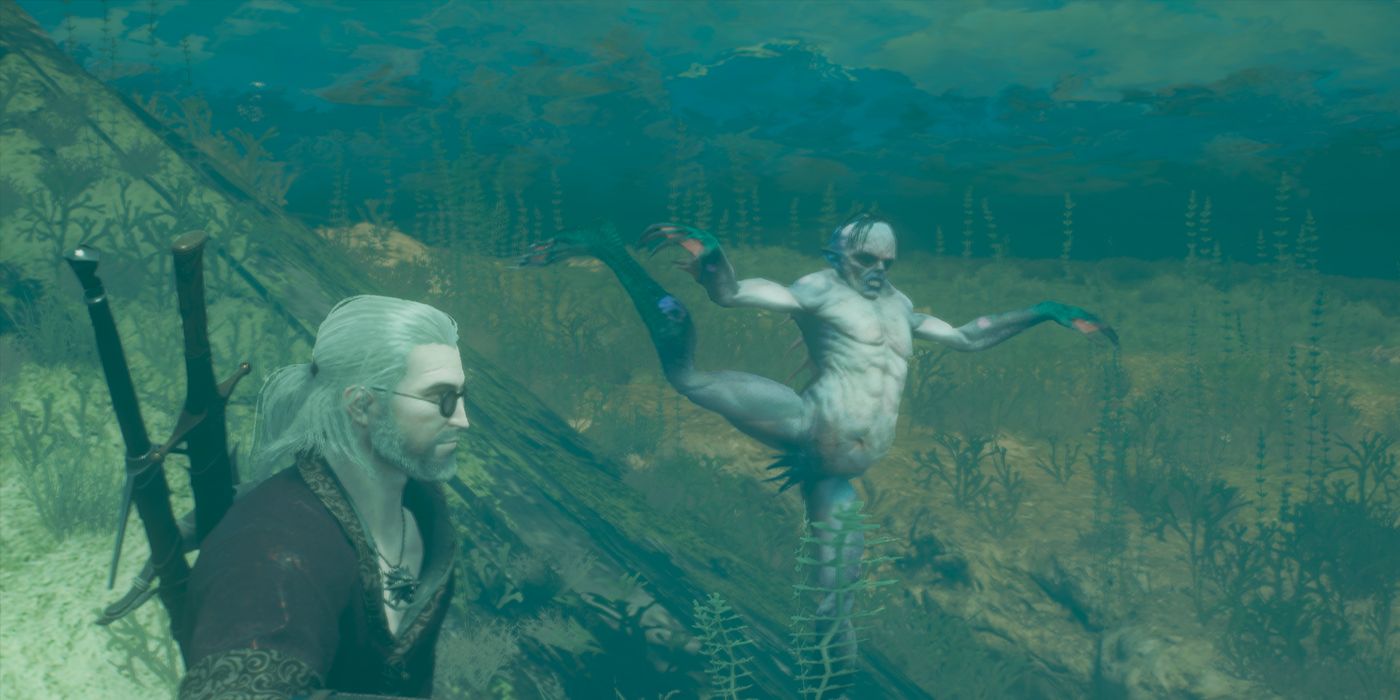
Just like most games, the underwater combat in The Witcher 3 is no fun. Plenty of games have tried to make their underwater sections fun, but few have succeeded. And, with TW3, it just boils down to "spam crossbow until the enemy dies". Thankfully, on the normal difficulties, enemies usually die in a hit or two. In Death March, that’s sort of the case as well, with a few exceptions. In White Orchard, and in some other areas with higher-level enemies, the crossbow bolts basically do no damage. But, as long as Geralt isn’t firing at them from five feet away, it shouldn’t be a problem after the first ten or so levels.
8 Health Sponge Enemies Like Gargoyles & Golems
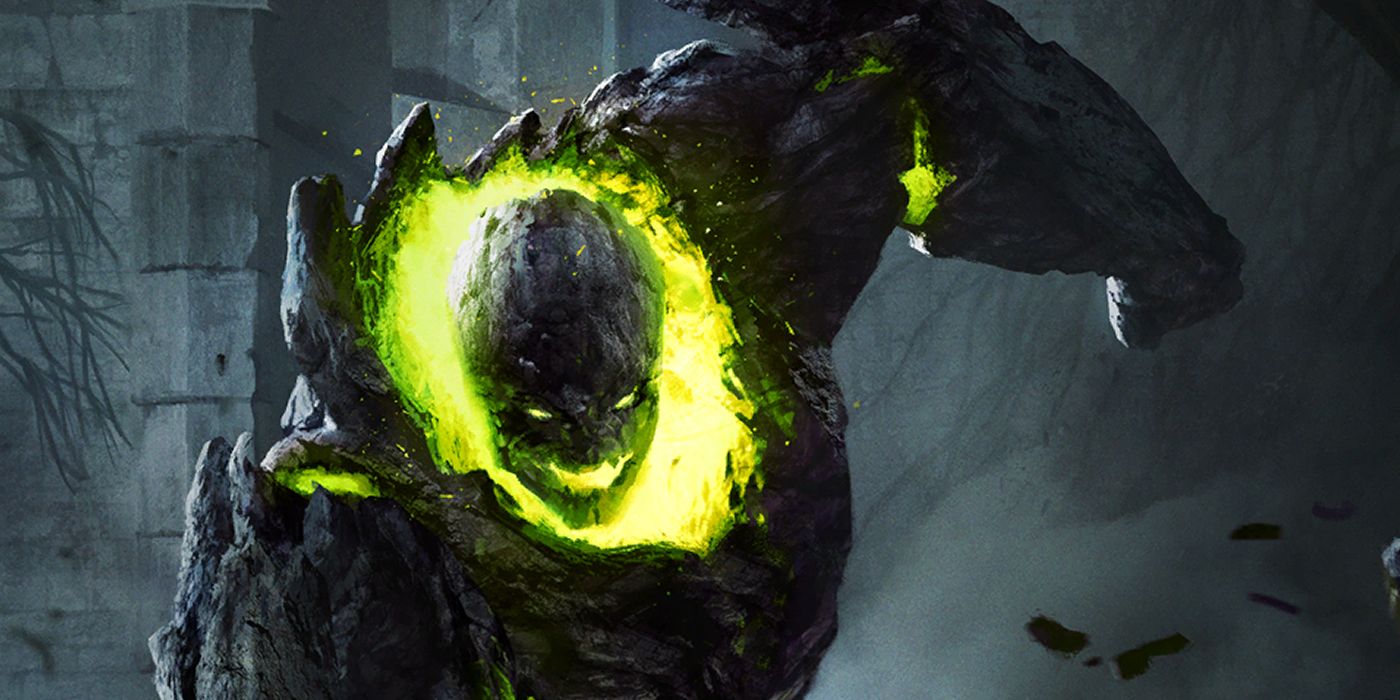
In Death March, enemies have a higher amount of health, stamina, and strength, but some are much less balanced than others. With Golems and Gargoyles in the base difficulty mode especially, this balance felt way too skewed in the health section, making these enemies feel like tedious health sponges any time they popped up. And, in Death March, that problem is even worse.
These enemies are made out of rock/stone and take forever to kill, even with the right tools like Dimeritium Bombs or Elementa Oil. It all just boils down to watching, learning their moves, and chipping away at them for 10+ minutes until they go down. But, once again, this is just the strategy for normal, now imagine trying to do that for 30 minutes or longer on Death March.
7 Balancing Geralt’s Toxicity Level
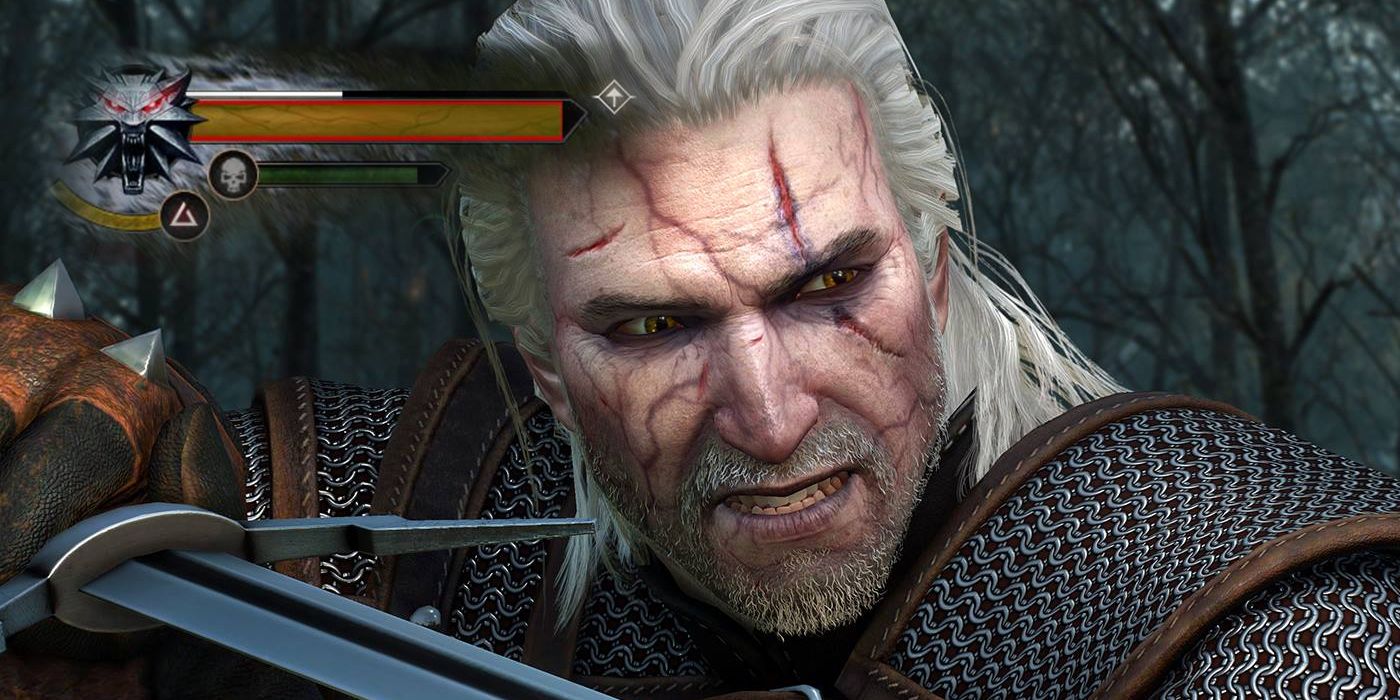
The alchemic part of TW3 is so insanely interesting. The vast amount of decoctions, potions, and more make for an innumerable amount of combinations that can vastly change the way someone approaches combat. But, there is a canonical limiter of how many creations Geralt can drink at once, and it’s the Toxicity meter. In the base game, players quickly discovered how much this meter mattered after about five or so hours playing the game. In Death March, this meter feels twice as limiting, and three times as important. Luckily, with skills like Fast Metabolism or Metabolic Control, it becomes a lot more manageable.
6 Trying To Play A Pure Combat Build
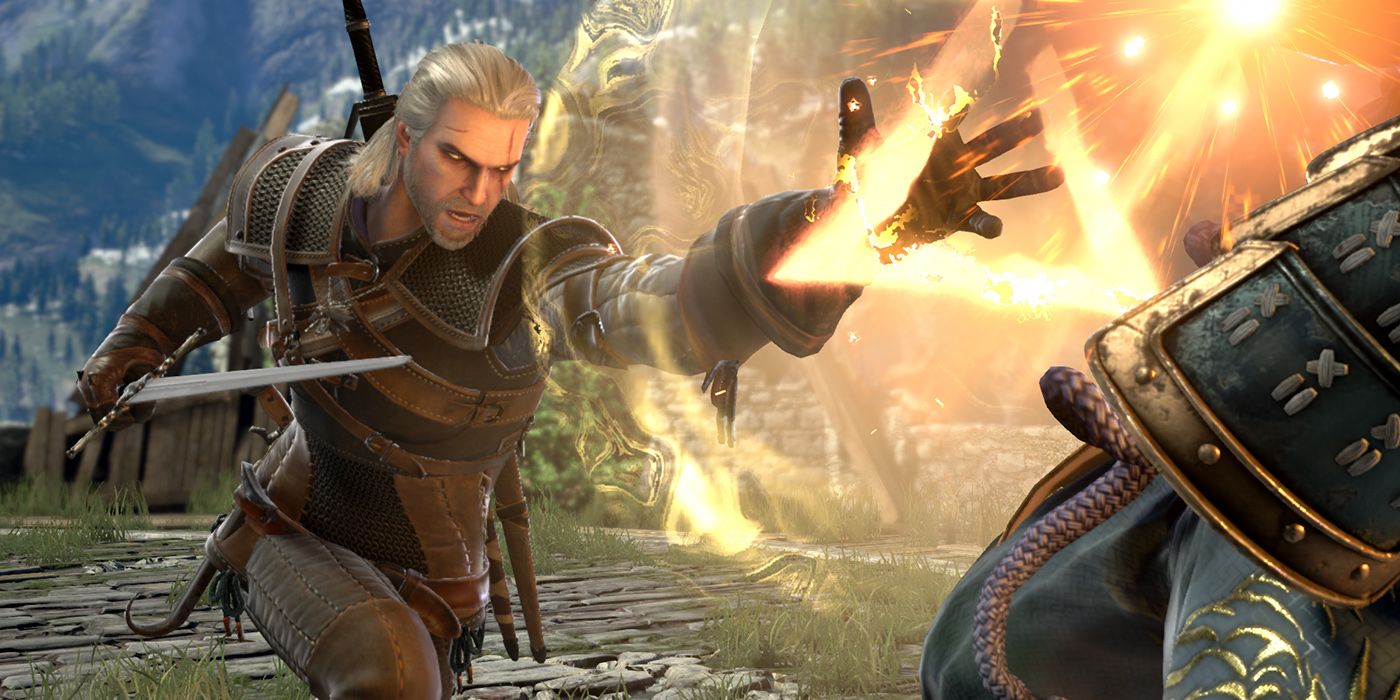
In TW3: TWH, players can experiment all they want when it comes to their "build". Are there a few key things they should know before dropping Skill Points all loose cannon? Sure! But, it isn't a huge detriment if a few points get misallocated. On Death March, however, this is a different story. Basically, the Death March build can’t be hyper-focused on one tree, and it especially needs to include the Alchemy tree in some way, shape, or form. Why? Because trying to fight many of the creatures and monsters in this game without the right tools, potions, decoctions, or bombs is essentially a death wish. Geralt isn't broken like he is in Soul Calibur VI, after all, so make sure to build him right.
5 Keeping Geralt's Health & Stomach Full

Death March is all about survivability. Because Meditation doesn’t heal Geralt anymore on this mode, food, potions like Swallow, decoctions like White Raffard’s Decoction, and certain skills become so much more important. And, with frequent potion use comes a higher need for supplies like alcohol. So, players will be finding themselves looking around for bars more often in Death March. In particular, the community as a whole highly recommends the Gourmet skill specifically, since it elongates the time a piece of food lasts. And not just by a little bit either, rather it gives Geralt health regen for 20 real-world minutes! So, as long as players plan it out intelligently and keep an eye on their supplies, they should be fine, but it still requires a lot more work than playing on Normal would.
4 Avoiding Flank Attacks & One-Hit Kills
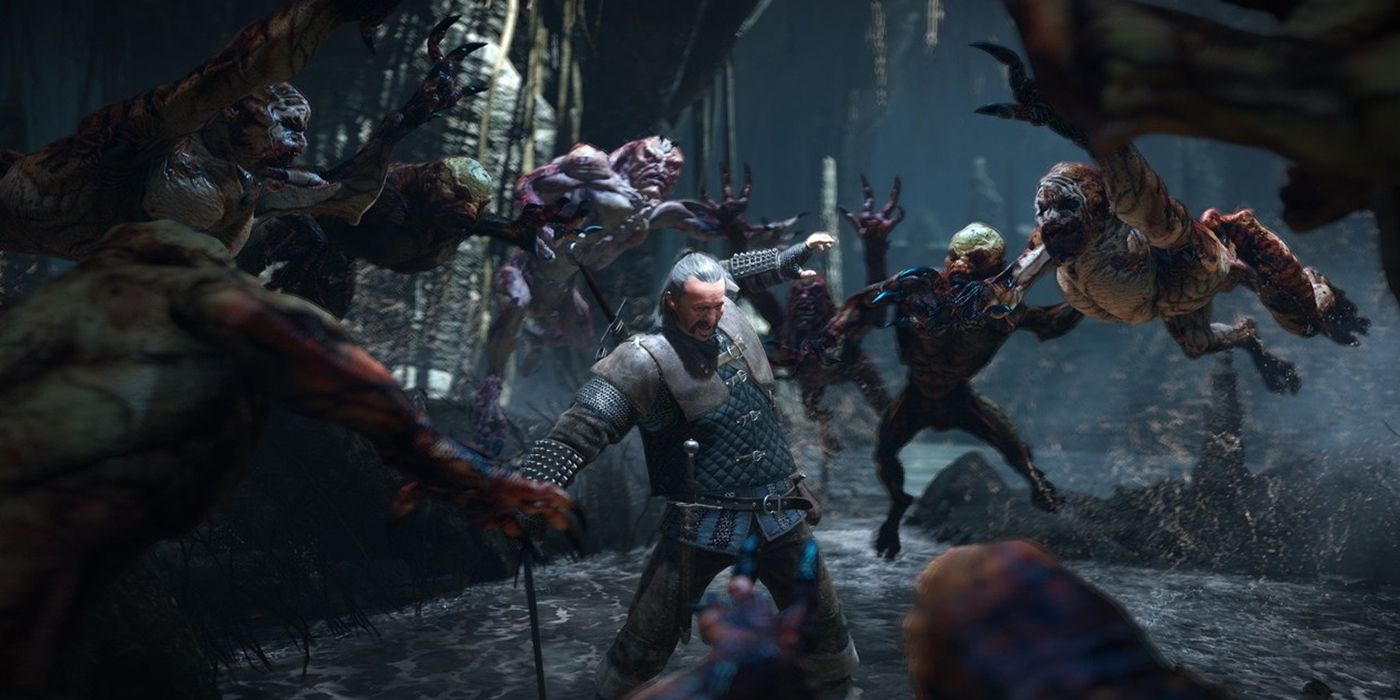
Dealing with groups of enemies can be incredibly difficult in The Witcher games. They don't follow the cliche tactic of attacking one at a time, so Geralt can get overwhelmed by synchronized attacks even on the lower difficulty levels. In particular Drowners, Wolves, Nekkers, and Aranomorphs are the ones that can really swarm this Witcher in an instant. Now, that shouldn’t be a problem for players who have practiced their dodging timing and parries, but none of that matters if an enemy sneaks an attack in from behind.
In Death March, flank attacks like this can be lethal. Lucky, there are skills like Battle Frenzy that should make this a bit less brutal and Quen always works as a great safety net as well.
3 Learning When To Back Off
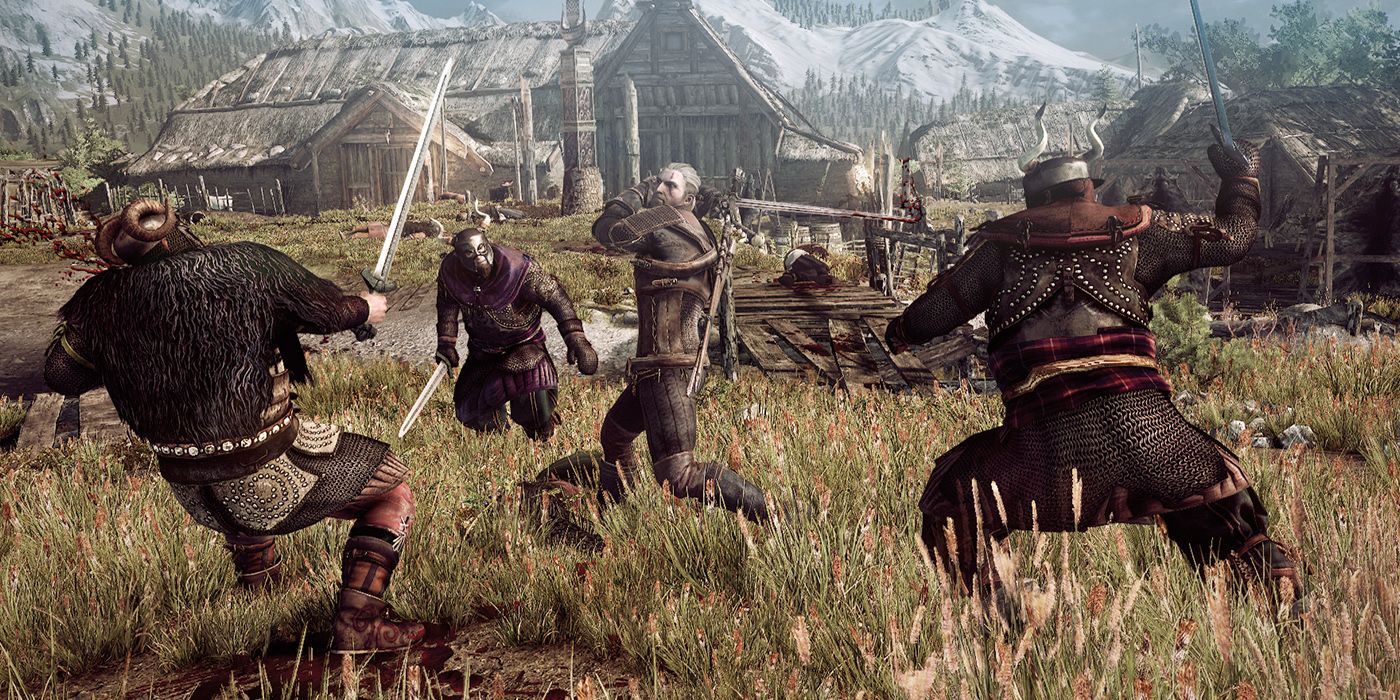
Death March is not the time to be figuring out how the dodge or sidestep mechanics work. No, players should have practiced all that stuff beforehand, or they’re going to find themselves in a world of hurt against basic bandits. In Death March, it’s all about knowing when to poke at a tough foe, and when to back off. Learn the difference between a roll and a side step, figure out how many light attacks Geralt should do before finishing off with a heavy, and keep Quen and Axi ready at a moment's notice. Players had a much bigger safety net in Normal difficulty modes when it came to being too aggressive. But, Death March doesn't even know what a “safety net” is.
2 Making Geralt Do His Monster Homework
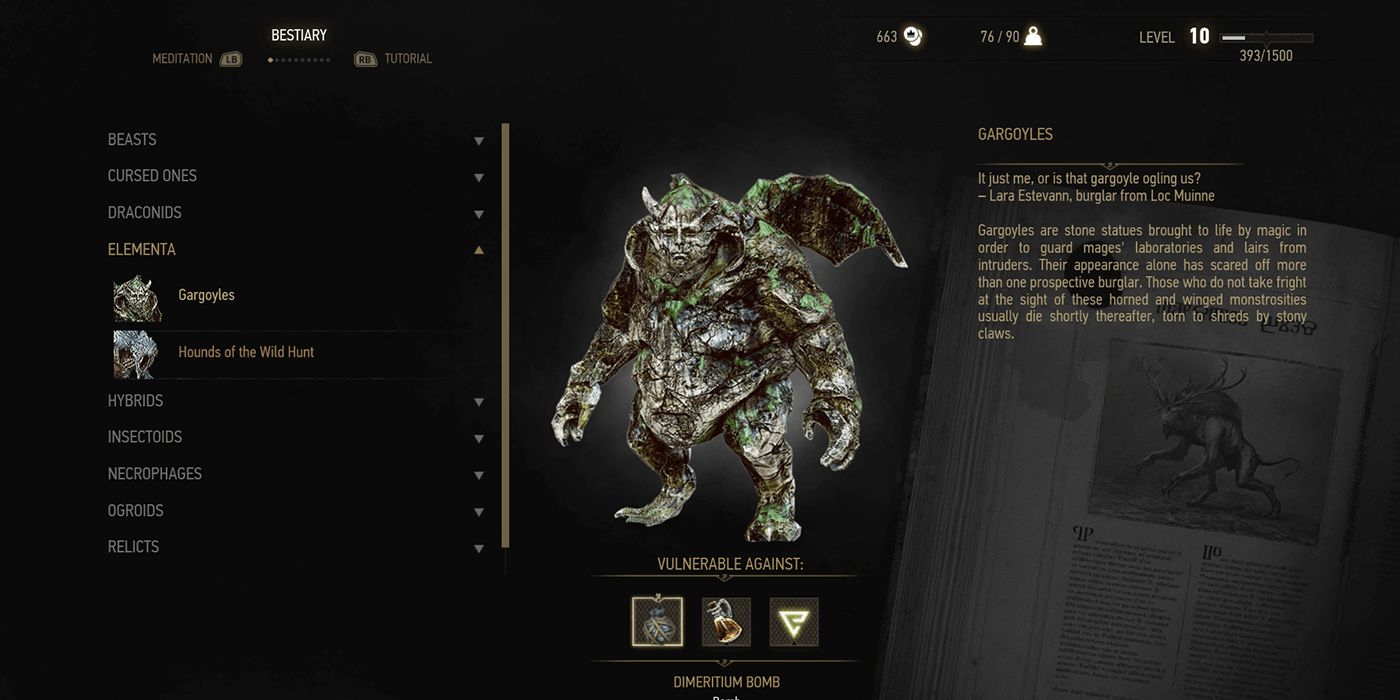
The best Witchers canonically are the most cautious ones, because every creature in this setting has its strong and weak points. On normal, players can ignore this to a degree, brute-forcing their way through a lot of the fights with overpowered weapon skills like Swirl. But, that won’t work on Death March. No, this is the mode where players have to use to Beastiary and study up on their opponent before every fight. This means using decoctions, specific Signs, certain bombs, and even specific crossbow bolts in order to come out on top. And, those who don’t usually find themselves as food for the Drowners, Griffins, and Chorts.
1 Leveling Up, In General
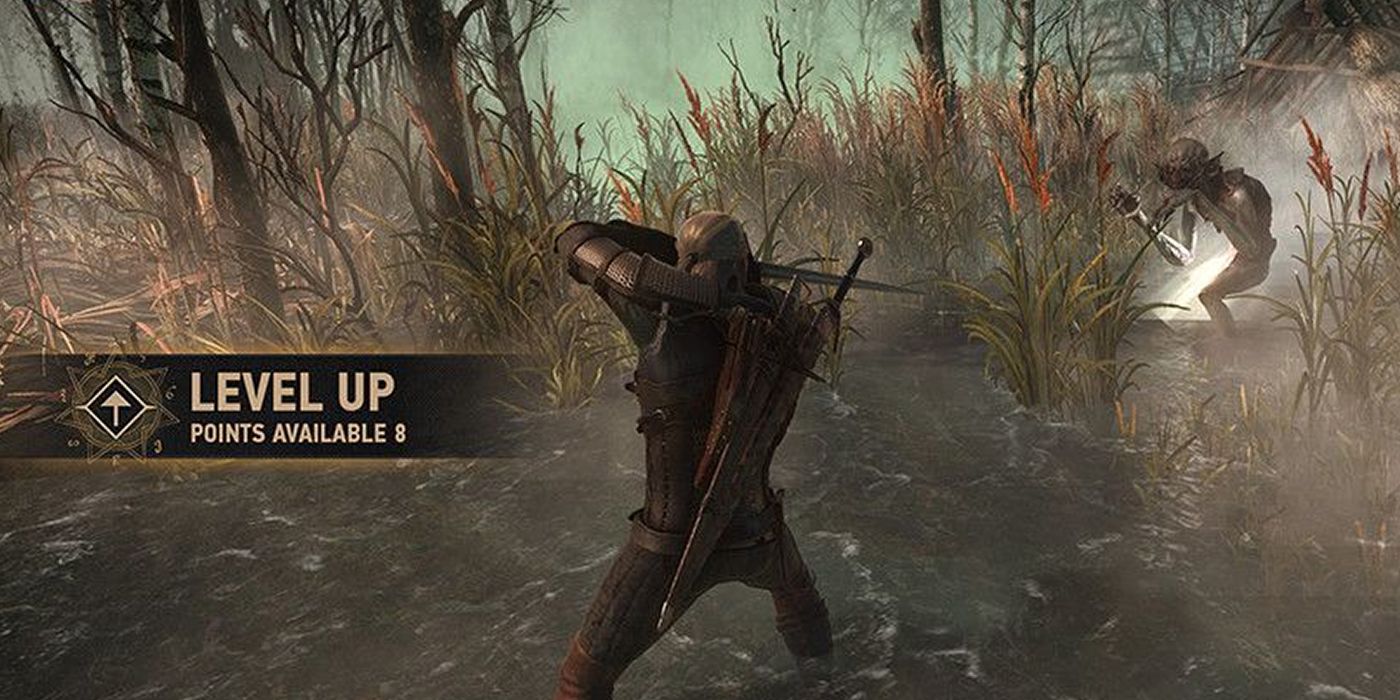
Leveling up in The Witcher 3 in general is a bit odd and takes a bit of getting used to. Fighting random groups of enemies out and about only gives tiny slivers of EXP, while turning in quests gives huge chunks. That doesn’t mean players can’t level up by going out and hunting down every last encampment of bandits, but it will be a bit of a slog. In Death March, this problem is sort of exemplified, as Geralt earns 20% less EXP overall in this mode.

Post a Comment